Interactive fiction (IF) is software simulating environments in which players use text commands to control characters and influence the environment. Works in this form can be understood as literary narratives, either in the form of Interactive narratives or Interactive narrations. These works can also be understood as a form of video game, either in the form of an adventure game or role-playing game. In common usage, the term refers to text adventures, a type of adventure game where the entire interface can be "text-only", however, graphical text adventure games, where the text is accompanied by graphics still fall under the text adventure category if the main way to interact with the game is by typing text. Some users of the term distinguish between interactive fiction, known as "Puzzle-free", that focuses on narrative, and "text adventures" that focus on puzzles.
Magnetic Scrolls was a British video game developer active between 1984 and 1990. A pioneer of audiovisually elaborate text adventure games, it was one of the largest and most acclaimed interactive fiction developers of the 1980s, and one of the "Big Two" with Infocom according to some.

Level 9 was a British developer of computer software, active between 1981 and 1991. Founded by Mike, Nicholas and Pete Austin, the company produced software for the BBC Micro, Nascom, ZX Spectrum, Commodore 64, Oric, Atari 8-bit computers, Camputers Lynx, RML 380Z, Amstrad CPC, MSX, Amiga, Apple II, Memotech MTX, and Enterprise platforms and is best known for its successful text adventure games until a general decline in the text adventure market forced their closure in June 1991.

Moonmist is an interactive fiction game written by Stu Galley and Jim Lawrence and published by Infocom in 1986. The game was released simultaneously for the Amiga, Amstrad CPC, Apple II, Atari 8-bit computers, Atari ST, Commodore 64, MS-DOS, TRS-80, TI-99/4A, and Mac. It is Infocom's twenty-second game. Moonmist was re-released in Infocom's 1995 compilation The Mystery Collection, as well as the 1996 compilation Classic Text Adventure Masterpieces.
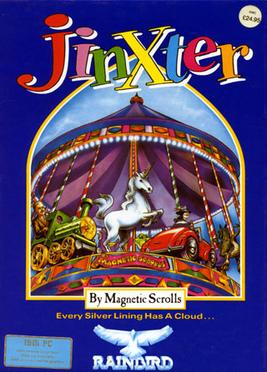
Jinxter is an interactive fiction video game developed by Magnetic Scrolls and published by Rainbird in 1987 for 8-bit and 16-bit home computers of the time. Jinxter tells the story of a man on a mission to save the fictional land of Aquitania from the looming threat of evil witches. The game was well received by critics upon its release.

The Pawn is an interactive fiction game for the Sinclair QL written by Rob Steggles of Magnetic Scrolls and published by Sinclair Research in 1985. In 1986, graphics were added and the game was released for additional home computers by Rainbird.

The Worm in Paradise is the third and final video game in the Silicon Dreams trilogy, a series of text adventure games in which the player takes the role of Kim Kimberly. It is the sequel to Snowball and Return to Eden. Worm in Paradise takes place generations after the first two games, when the planet Eden has been colonised. The player is an ordinary citizen in Eden's most populous city, Enoch. The game was noteworthy for having significant social commentary relative to other games of the same genre and era. The game drew inspiration from the novel 1984.
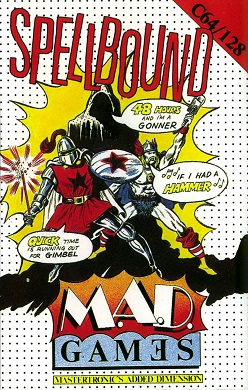
Spellbound is a video game that was designed and programmed by David Jones with music by Rob Hubbard and released in 1985 for the ZX Spectrum and Amstrad CPC home computers. Versions for the Commodore 64 and the Atari 8-bit computers and an enhanced 128K Spectrum version with music and additional graphics were all released in 1986. Unlike the other Magic Knight games, Spellbound was never released for the MSX system back in 1985, but an authorized version was finally released by Tracy Lewis in 2023. It is the second game in the Magic Knight series and was published by Mastertronic as part of their Mastertronic Added Dimension label.

The Guild of Thieves is an interactive fiction game by Magnetic Scrolls first published by Rainbird in 1987. The game takes place in Kerovnia, the setting of the company's earlier The Pawn.
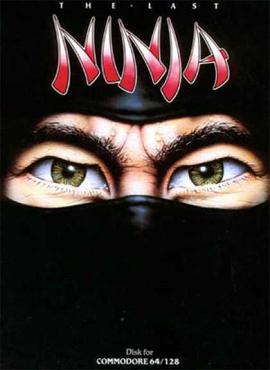
The Last Ninja is an action-adventure game developed and published by System 3 in 1987 for the Commodore 64. It was converted to the Apple IIGS, MS-DOS, BBC Micro and Acorn Electron in 1988, the Apple II in 1989, the Amiga and Atari ST in 1990, and the Acorn Archimedes in 1991.
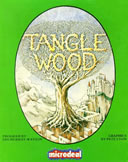
Tanglewood is a puzzle/adventure computer game published by Microdeal for the Dragon 32 and TRS-80 Color Computer in early 1987. It was released for the Atari ST and Amiga in 1988.
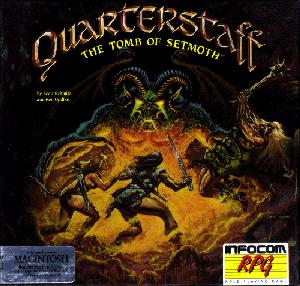
Quarterstaff: The Tomb of Setmoth is an interactive fiction role-playing video game developed by Scott Schmitz and Ken Updike and released by Infocom for Macintosh in 1988. The game features a text parser, graphics, a dynamically updated map, and a graphical interface that incorporates Mac OS hierarchical menus.

Mindfighter is a text adventure game developed by British studio Abstract Concepts and published by Activision in 1988 for the Amiga, Commodore 64, Amstrad CPC, Amstrad PCW, Atari ST, MS-DOS, and the ZX Spectrum computers.

Gnome Ranger is a graphic adventure game designed by Peter Austin and released by Level 9 in 1987. A still image is shown for each location, and the player enters text commands to move or interact. Ports to the Apple II and Atari 8-bit computers are text-only. A sequel was published in 1988: Ingrid's Back.

Gnome Ranger II: Ingrid's Back is a text adventure game by Level 9 released in 1988. It is the sequel to Gnome Ranger The game has limited graphics on some platforms. A short novella by Peter McBride is included explaining the background to the story and providing hints for play.
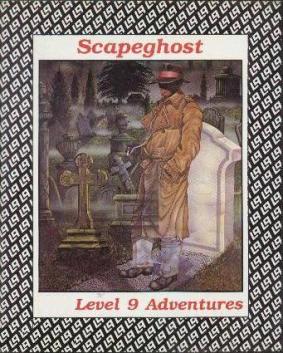
Scapeghost is a text adventure published by Level 9 Computing in 1989. It was the last text adventure game released by the company.
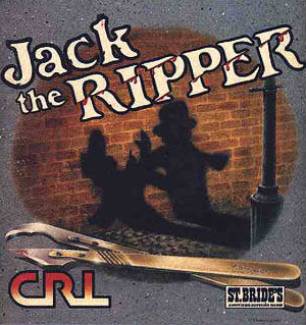
Jack the Ripper is a text adventure computer game designed by St. Bride's School and released by CRL in 1987 for the Commodore 64, Amstrad CPC and ZX Spectrum home computers. The game is based on the notorious "Jack the Ripper" murders in 1880s London.
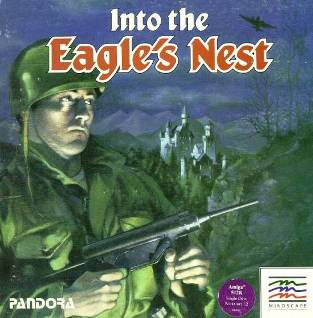
Into the Eagle's Nest is a video game developed by Pandora and published in 1987 for Amiga, Amstrad CPC, Apple II, Atari ST, Commodore 64, IBM PC compatibles, and ZX Spectrum. Atari Corporation also released a cartridge version for the Atari 8-bit computers the following year on the Atari XEGS.

Silicon Dreams is a trilogy of interactive fiction games developed by Level 9 Computing during the 1980s. The first game was Snowball, released during 1983, followed a year later by Return to Eden, and then by The Worm in Paradise during 1985. The next year they were vended together as the first, second and last of the Silicon Dreams.

Nine Princes in Amber is an interactive fiction video game with graphics. The game was published by Telarium, a subsidiary of Spinnaker Software, in 1985. The game is based upon the fantasy novels Nine Princes in Amber and The Guns of Avalon by Roger Zelazny.


















